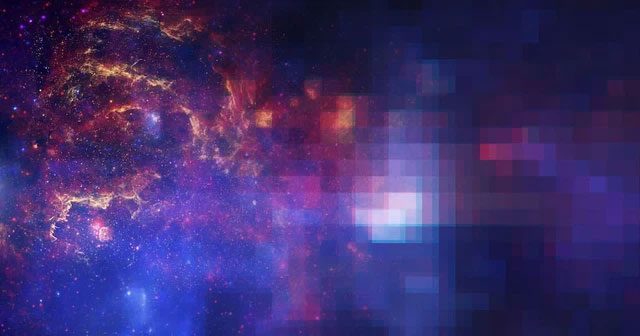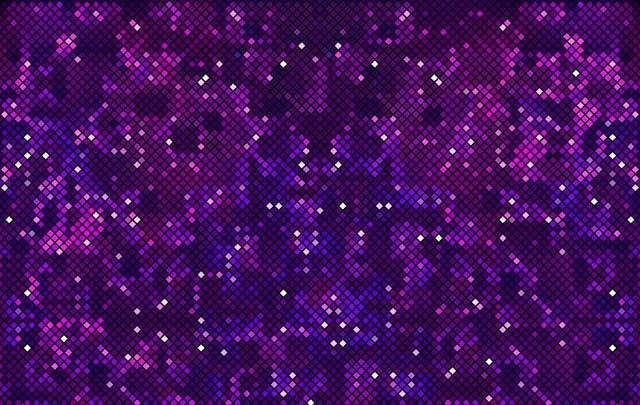From a distance, sand dunes appear smooth and unwrinkled. However, as we get closer and observe each grain of sand and ripple, we begin to realize that the reality is quite different. This is similar to digital images: If we zoom in enough, we can explore each individual pixel that makes up that picture.
Based on these examples, scientists at Caltech in the United States have proposed an intriguing hypothesis: the universe we live in is essentially “pixelated”, we just have not gotten close enough to see those tiny pixels. In other words, the universe is not as smooth and calm as we see in movies; it is a collection of discrete, minuscule units.
Researcher Rana Adhikari states: “A pixel of spacetime is so small that if you enlarge it to the size of a grain of sand, then an atom would be the size of a galaxy.”

Is spacetime a collection of tiny pixels that the naked eye cannot observe?
The reason why Rana and scientists around the world are “hunting” for the pixels of space is that this could be the key to solving the mystery of quantum gravity – one of the greatest physical enigmas of our time. Quantum gravity relates to a series of different theories, including string theory, aimed at unifying the macroscopic world of gravity with the microscopic world of quantum physics. The core issue of this mystery is whether gravity can be “quantized” (broken down into individual components).
Cliff Cheung, a theoretical physics professor at Caltech, shares: “Some scientific theories suggest that quantum mechanics and gravitational interactions are unrelated and cannot be reconciled. But experiments show that we can perform quantum mechanics on Earth, which has gravity. Therefore, these two factors must have some connection. Problems start to arise when we ask questions related to black holes or try to unify different theories at small scales and distances.”
In other words, Professor Cliff Cheung wants to know what would happen if we zoom in on spacetime? Would we find individual photons (the particles that make up light) like pixels according to the laws of quantum mechanics, or would light still appear as a continuous spectrum?

If this hypothesis is correct, it could be the key to solving the mystery of quantum gravity – one of the greatest physical enigmas of our time.
The scientific community has also hypothesized that gravity at the smallest scales is made up of “gravitons” – a component of string theory that may resonate at a certain frequency. However, at even smaller scales, researchers are still scratching their heads trying to unify the laws of general relativity and quantum physics.
Rana explains: “If I accidentally drop a cup of coffee, I would “blame” gravity. However, if the temperature, something “unreal” (that cannot be touched or grasped), decreases, it is due to the movement of molecules. Spacetime can also be “unreal” in a similar way. Gravity could very well be something that arises from spacetime pixels that we simply call gravity.”





















































